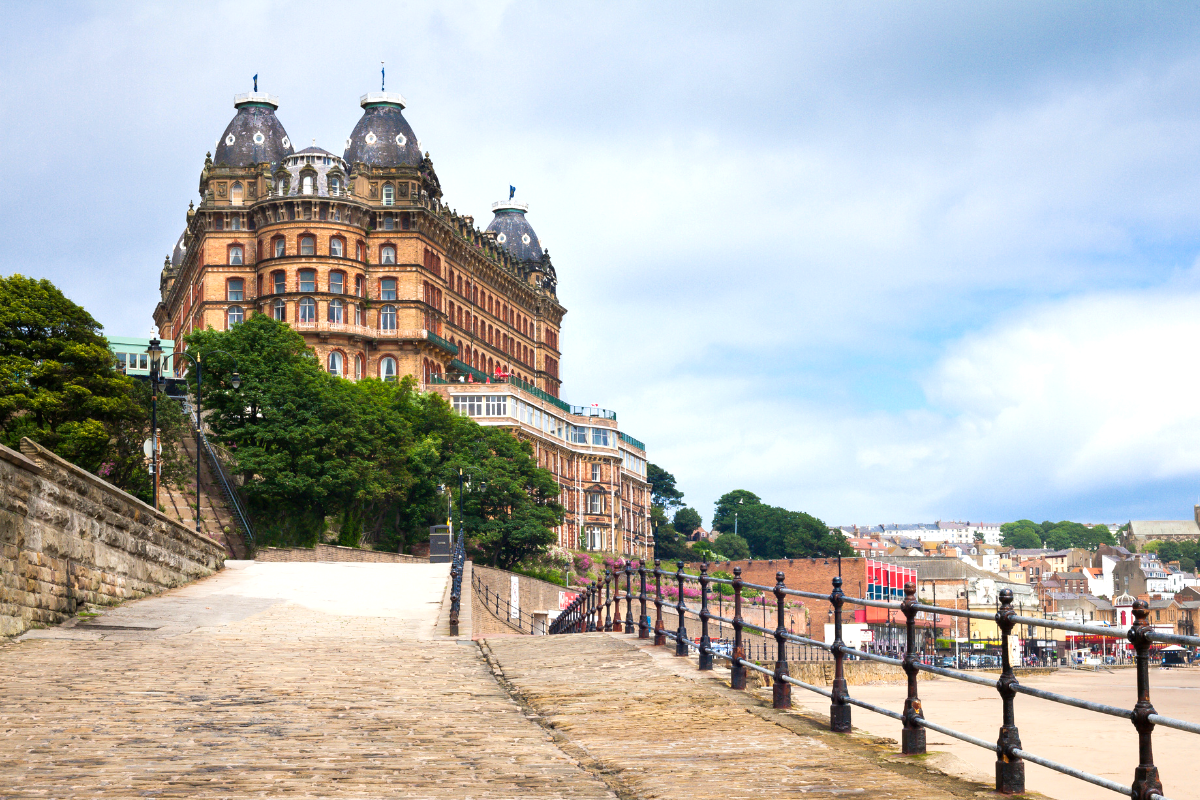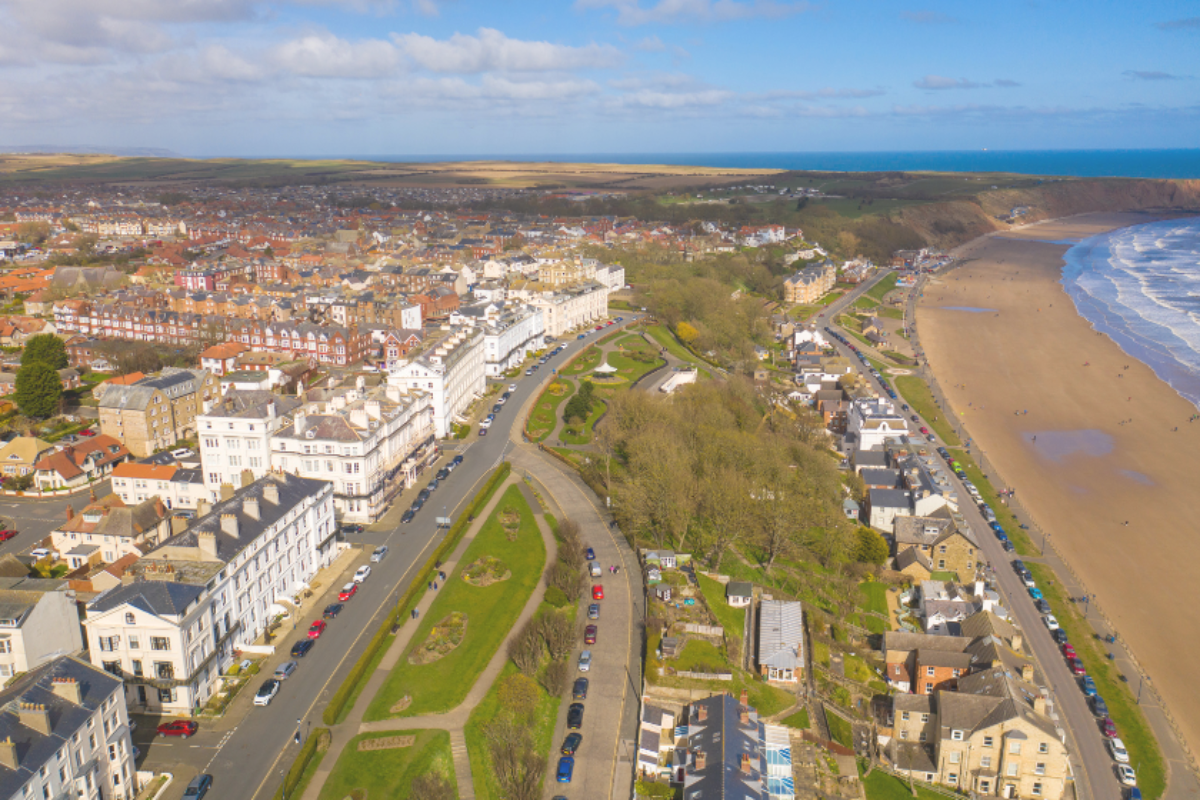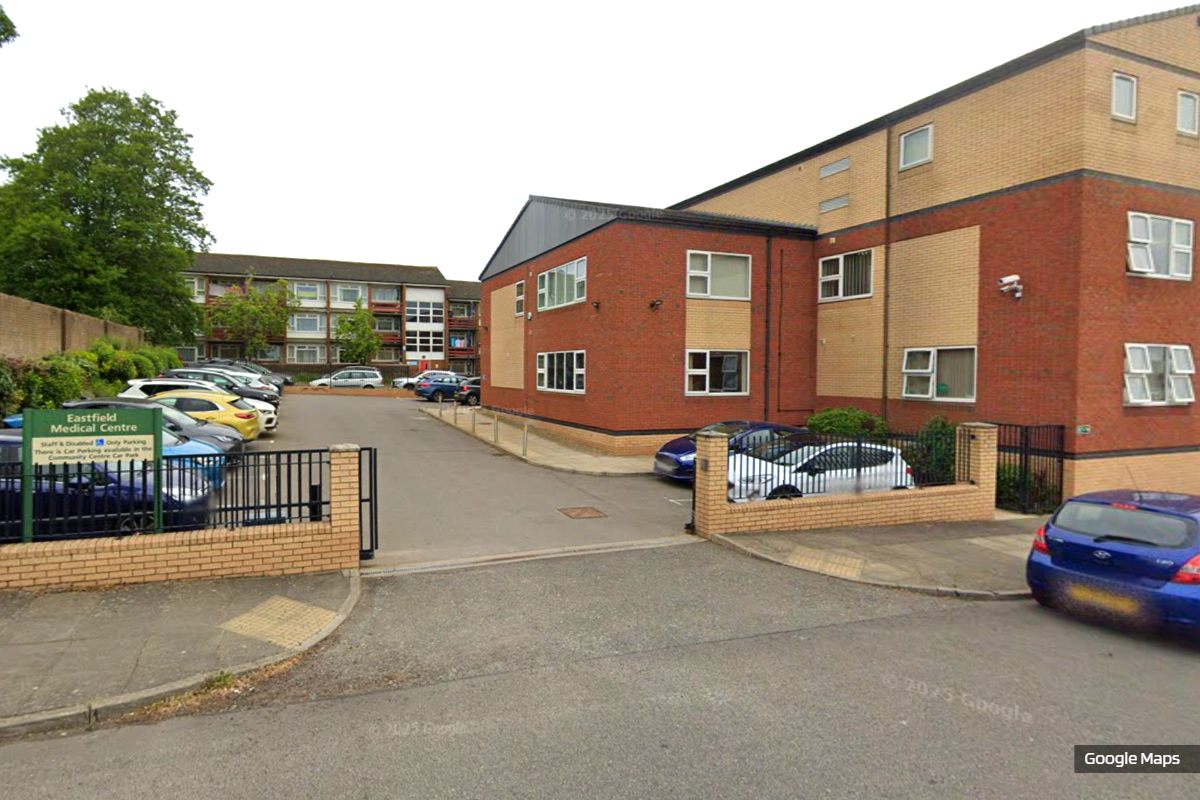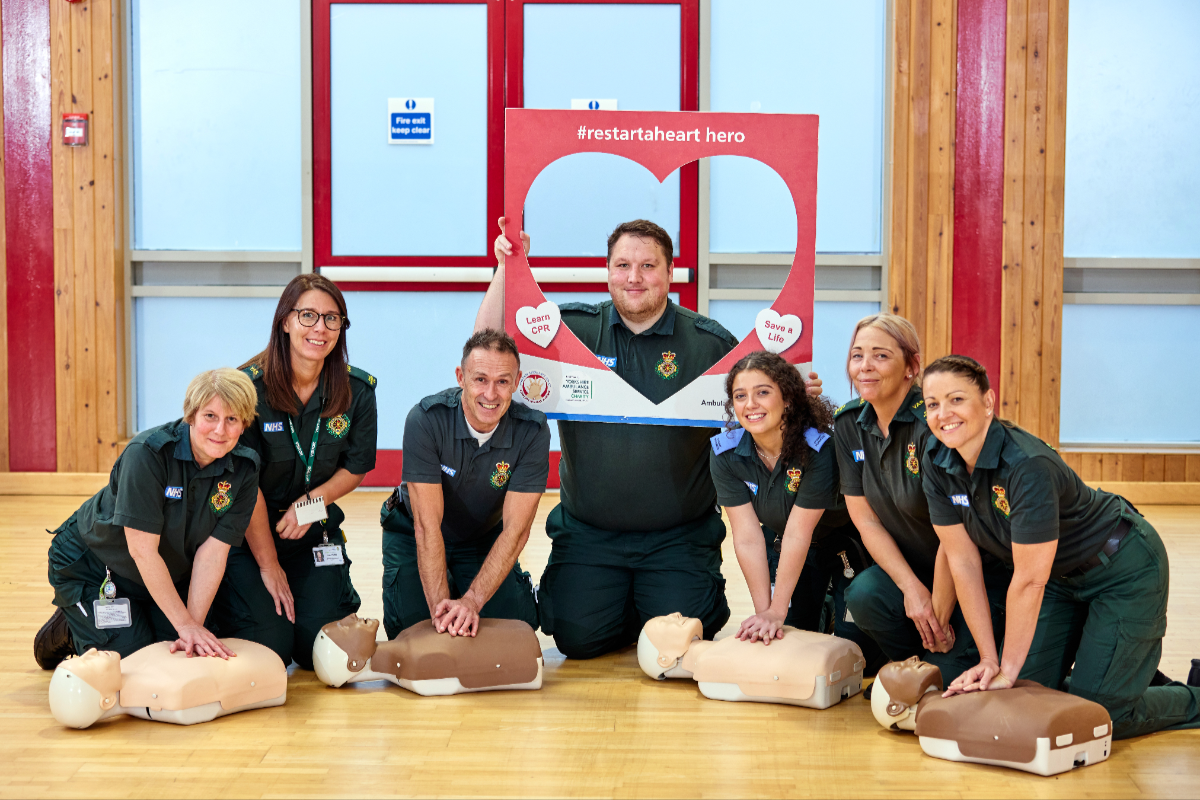
Nests for more than 1,000 kittiwakes could be installed on Scarborough’s Grand Hotel as part of a scheme to limit noise and mess from the birds, an expert has recommended.
A council-funded study into the use of artificial nesting towers for kittiwakes in Scarborough has recommended installing nests on the Grand Hotel, which experts have said is “the most significant” location in the town for endangered species to nest.
Other potential locations were also considered by an ornithologist who conducted the research for North Yorkshire Council, including Star Map in South Cliff Gardens, the derelict concrete chalets, and the Old Bathing Building.
However, only the Grand Hotel’s terrace was deemed to be highly suitable for the potential project.
It comes as the authority has been considering options for limiting the issues and complaints arising from the birds’ guano and noise.
Around 2,500 fire gel pots were previously used to try and reduce kittiwake nests on Spa Bridge, but the research concluded that a “wealth of evidence exists that shows issues with proofing measures and limitations regarding their effectiveness” with only anecdotal evidence to support their effectiveness.
It noted that while “each method appears to offer a level of deterrent capability, this is often limited in duration and effectiveness”.
The Grand Hotel’s terrace presents a “maximum design opportunity” for an artificial nesting structure (ANS) with up to 1,050 nesting spaces, according to the ornithologist commissioned by the council.
He said that based on off-shore wind farm expert opinion it was envisaged that any ANS “may only ever be 50 to 60 per cent occupied when fully colonised, i.e., for a maximum design scenario for an ANS on the Grand Hotel terrace this represents an opportunity for potentially 500 to 600 pairs” of kittiwakes.
It was noted that the structures “do not need to be elaborate or expensive” and could be as simple as a series of purpose-made shelving, made from marine ply or other durable wood and supported by a steel structure.
The report concluded that a well-thought-out and considered artificial nesting design has the potential to become part of a wider regeneration strategy and a catalyst for ensuring that a narrative around co-existence with gulls is delivered.
Members of the Scarborough and Whitby area committee are set to discuss the findings at a meeting on Friday, June 6.




 Scarborough Hospital Teams Honoured for Landmark Achievement at Trust Awards
Scarborough Hospital Teams Honoured for Landmark Achievement at Trust Awards
 Miss Scarborough Takes the National Stage to Champion Education Trailblazers and the Yorkshire Coast
Miss Scarborough Takes the National Stage to Champion Education Trailblazers and the Yorkshire Coast
 Parliamentary Praise for Scarborough Students Following Global STEM Success
Parliamentary Praise for Scarborough Students Following Global STEM Success
 Harry Redknapp's Appeal to Scarborough Athletic Fans
Harry Redknapp's Appeal to Scarborough Athletic Fans
 A64 Upgrade Decision Expected Next Year
A64 Upgrade Decision Expected Next Year
 Filey Mayor and Seven Other Councillors Resign
Filey Mayor and Seven Other Councillors Resign
 Mayoral Investment Boosts Water Safety for Hundreds of Children on the Yorkshire Coast
Mayoral Investment Boosts Water Safety for Hundreds of Children on the Yorkshire Coast
 MP Concerned Over Prolonged Closure of Eastfield Medical Centre
MP Concerned Over Prolonged Closure of Eastfield Medical Centre
 Violent Hornsea Blackmailer Jailed
Violent Hornsea Blackmailer Jailed
 North Yorkshire Police Conduct Major Operation, With Arrests in Scarborough and Eastfield
North Yorkshire Police Conduct Major Operation, With Arrests in Scarborough and Eastfield
 Yorkshire Coast Restart a Heart Day Introduces Female Mannequins
Yorkshire Coast Restart a Heart Day Introduces Female Mannequins
 Scarborough Gym Instructor Promotes Learning CPR After Saving a Life
Scarborough Gym Instructor Promotes Learning CPR After Saving a Life








Comments
Add a comment